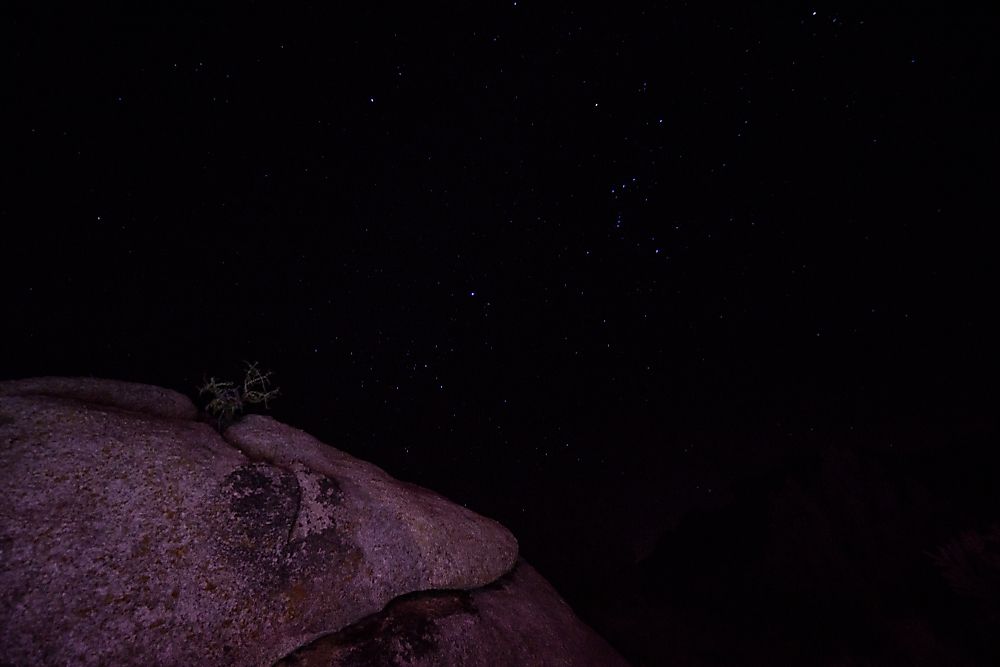What Is A Dark Sky Preserve?

A region that is set aside for astronomy where artificial light pollution is at its lowest is known as a dark sky preserve. Such an area is usually situated inside a game park, game reserve or observatory. Designation of an area as a dark sky preserve can be done by the government or by other non-government organizations. There are many organizations that designate these preserves, the oldest of which is the International Dark Sky Association.
The International Dark-Sky Association
The IDA is an American non-profit organization that was established in 1988 by two American astronomers, Tim Hunter and David Crawford. The dark sky preserves designated by International Dark-Sky Association (IDA) are referred to as “International Dark-Sky Preserves”. Currently, the IDA has a global presence, as it has over 5,000 members drawn from 70 countries around the world. The organization plays an integral role in the global war against light pollution and was among the pioneering organizations in the dark-sky movement. The IDA strives to protect the natural darkness of the night sky through lobbying for the establishment of dark sky preserves, and the use of “quality outdoor lighting”.
Examples Of Dark Sky Preserves
Many of the world’s dark sky preserves are situated in North America, the bulk of which are situated in the United States and Canada. Canada has many regions which have perfect dark skies, due to the immense size of the country’s national parks and reserves and their location in remote areas. The sites that are established as dark sky preserves cover large tracts of land. The largest of them all is the Wood Buffalo National Park situated in Canada that covers an area of over 4.48 million hectares. Michigan is home to the first site to be designated as a dark-sky preserve, a tract of land on the Lake Hudson State Recreation Area, which was designated as a dark-sky preserved in 1993 by the government. However, the first site to be established as an international dark-sky preserve was the Mount Megantic Observatory in Canada. The Izera Dark-Sky Park, a dark-sky park situated on the Poland-Czech Republic border, was designated as a dark-sky preserve in November 2009 becoming the first bilateral dark-sky park not only in Europe but globally. Another bilateral dark-sky park is the Beskydy Dark-Sky Park which is situated on the Slovakia-Czech Republic border. The world’s sole trilateral dark-sky park is the East Carpathian Dark-Sky Tripark, which sits on the Ukraine-Slovakia-Poland border.
The Bortle Scale
The scale is named after John E Bortle, a renowned astronomer who introduced the scale in the 2001 edition of the “Sky and Telescope” magazine. The Bortle Scale provides astronomers with a yardstick to use in measuring the darkness of the night sky. The preserves with the darkest night skies are classified under Class One in the Bortle Scale, while regions with the worst night-time light pollution including the inner-city regions fall under the Class Nine. Many of the dark sky preserves on earth fall between Class One and Class Five on the Bortle Scale. All the Class One dark sky preserves are situated in Canada, except Ireland’s Kerry International Dark-Sky Preserve.











